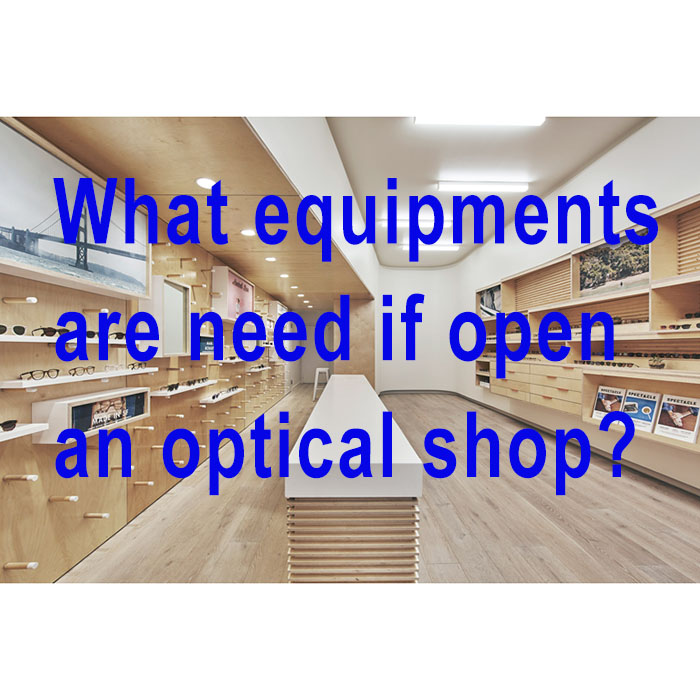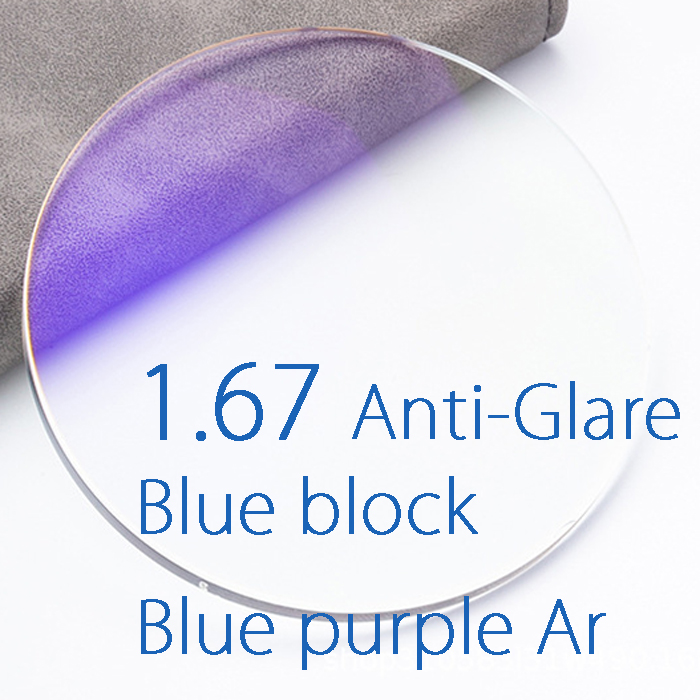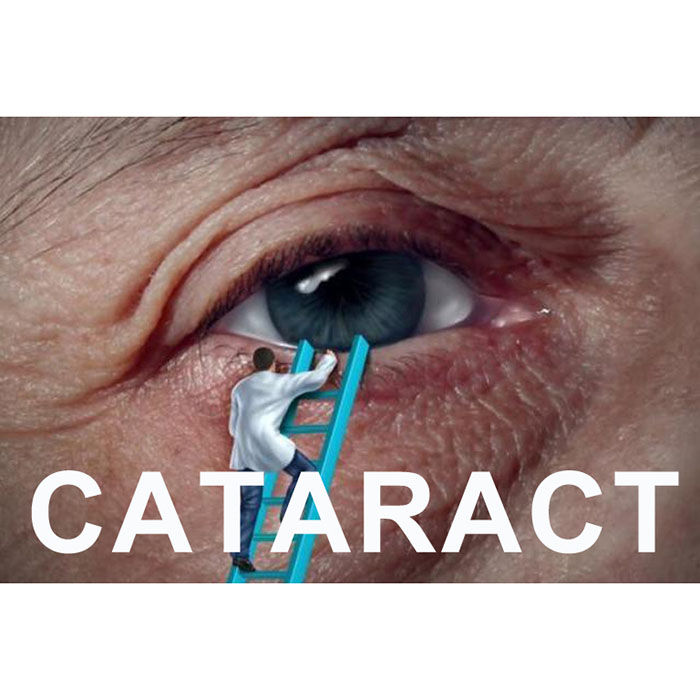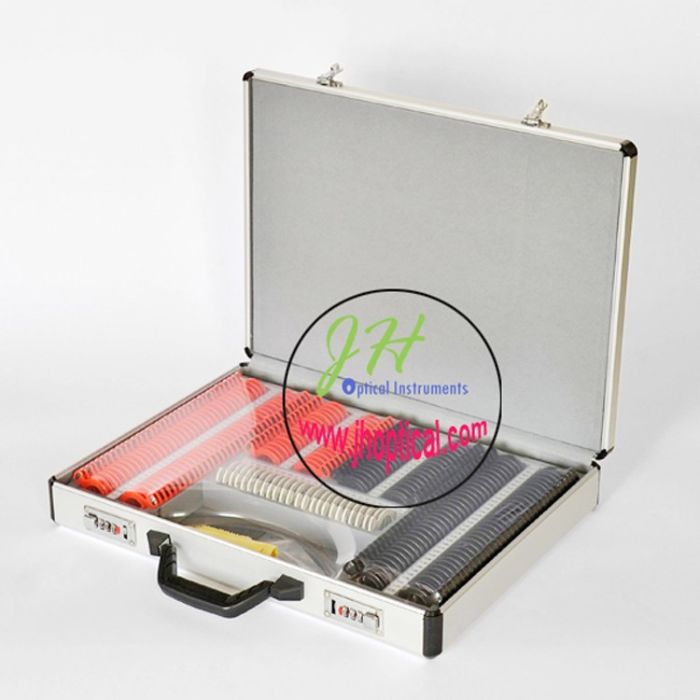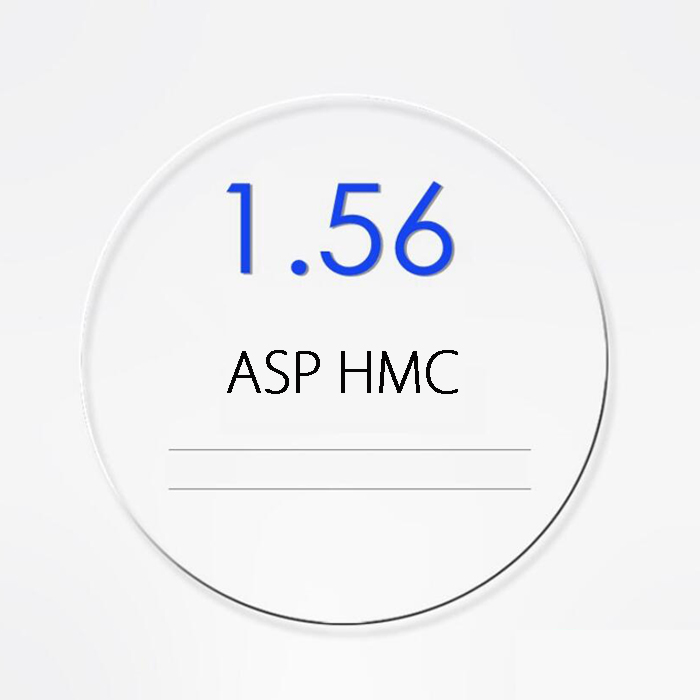Astigmatism (Theory, Pathophysiology )
Article from: DINGXIANGYUAN forum

Overview
Astigmatism is a common vision condition that causes blurred vision. The curvature of the cornea and lens bends the light entering the eye in order to focus it precisely on the retina at the back of the eye. In astigmatism, the surface of the cornea or lens has a somewhat different curvature. The surface of the cornea is shaped more like a football instead of round like a basketball, the eye is unable to focus light rays to a single point. Vision becomes out of focus at any distance. In addition, the curvature of the lens inside the eye can change, resulting in an increase or decrease in astigmatism. This change frequently occurs in adulthood and can precede the development of naturally occurring cataracts.


History
As a student, Thomas Young discovered that he had problems with one eye in 1793. In the following years he did research on his vision problems. He presented his findings in a Bakerian Lecture in 1801. Independent from Young, George Biddell Airy discovered the phenomenon of astigmatism on his own eye. Airy presented his observations on his own eye in February 1825 at the Cambridge Philosophical Society. Airy produced lenses to correct his vision problems by 1825, while other sources put this into 1827 when Airy obtained cylindrical lenses from an optician from Ipswich. The name for the condition was not given by Airy, but from William Whewell. By the 1860s astigmatism was a well established concept in ophthalmology.

Pathophysiology
Axis of the principal meridian
1. Regular astigmatism – principal meridians are perpendicular. (The steepest and flattest meridians of the eye are called principal meridians.)
- With-the-rule astigmatism – the vertical meridian is steepest (a rugby ball or American football lying on its side).
- Against-the-rule astigmatism – the horizontal meridian is steepest (a rugby ball or American football standing on its end).
- Oblique astigmatism – the steepest curve lies in between 120 and 150 degrees and 30 and 60 degrees.
2. Irregular astigmatism – principal meridians are not perpendicular.

In with-the-rule astigmatism, the eye has too much "plus" cylinder in the horizontal axis relative to the vertical axis (i.e., the eye is too "steep" along the vertical meridian relative to the horizontal meridian). Vertical beams of light focus in front (anterior) to horizontal beams of light, in the eye. This problem may be corrected using spectacles which have a "minus" cylinder placed on this horizontal axis. The effect of this will be that when a vertical beam of light in the distance travels towards the eye, the "minus" cylinder (which is placed with its axis lying horizontally – in line with the patient's excessively steep horizontal axis/vertical meridian) will cause this vertical beam of light to slightly "diverge", or "spread out vertically", before it reaches the eye. This compensates for the fact that the patient's eye converges light more powerfully in the vertical meridian than the horizontal meridian. Hopefully, after this, the eye will focus all light on the same location at the retina, and the patient's vision will be less blurred.

In against-the-rule astigmatism, a plus cylinder is added in the horizontal axis (or a minus cylinder in the vertical axis). Axis is always recorded as an angle in degrees, between 0 and 180 degrees in a counter-clockwise direction. Both 0 and 180 degrees lie on a horizontal line at the level of the center of the pupil, and as seen by an observer, 0 lies on the right of both the eyes. Irregular astigmatism, which is often associated with prior ocular surgery or trauma, is also a common naturally occurring condition. The two steep hemimeridians of the cornea, 180° apart in regular astigmatism, may be separated by less than 180° in irregular astigmatism (called nonorthogonal irregular astigmatism); and/or the two steep hemimeridians may be asymmetrically steep—that is, one may be significantly steeper than the other (called asymmetric irregular astigmatism). Irregular astigmatism is quantified by a vector calculation called topographic disparity.

Focus of the principal meridian
With accommodation relaxed:
1. Simple astigmatism
- Simple hyperopic astigmatism – first focal line is on the retina, while the second is located behind the retina.
- Simple myopic astigmatism – first focal line is in front of the retina, while the second is on the retina.
2. Compound astigmatism
- Compound hyperopic astigmatism – both focal lines are located behind the retina.
- Compound myopic astigmatism – both focal lines are located in front of the retina.
3. Mixed astigmatism – focal lines are on both sides of the retina (straddling the retina)





